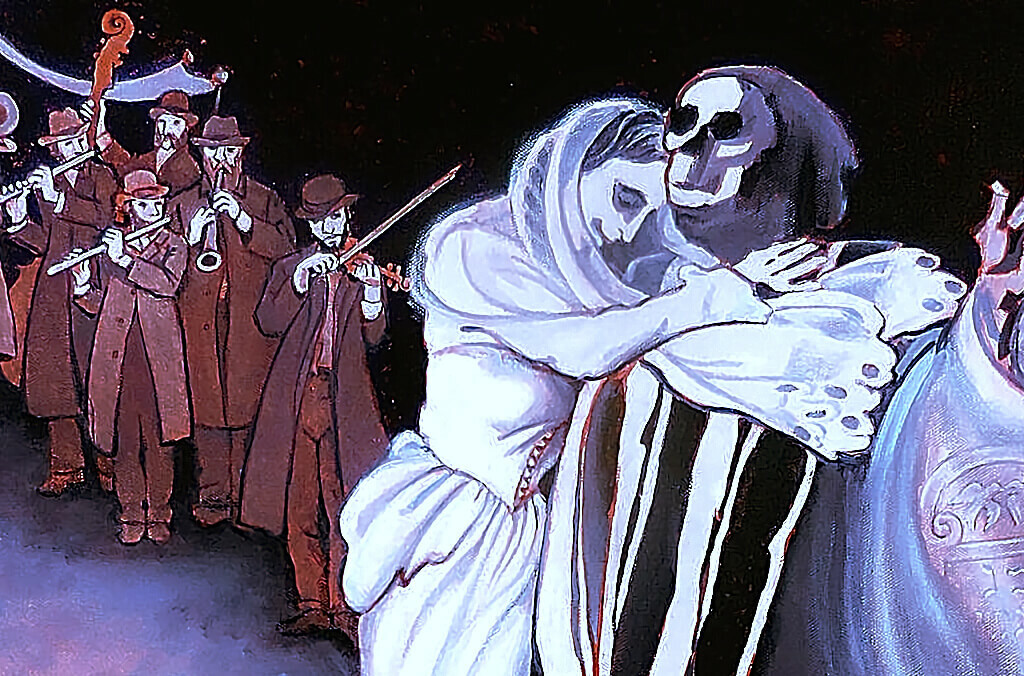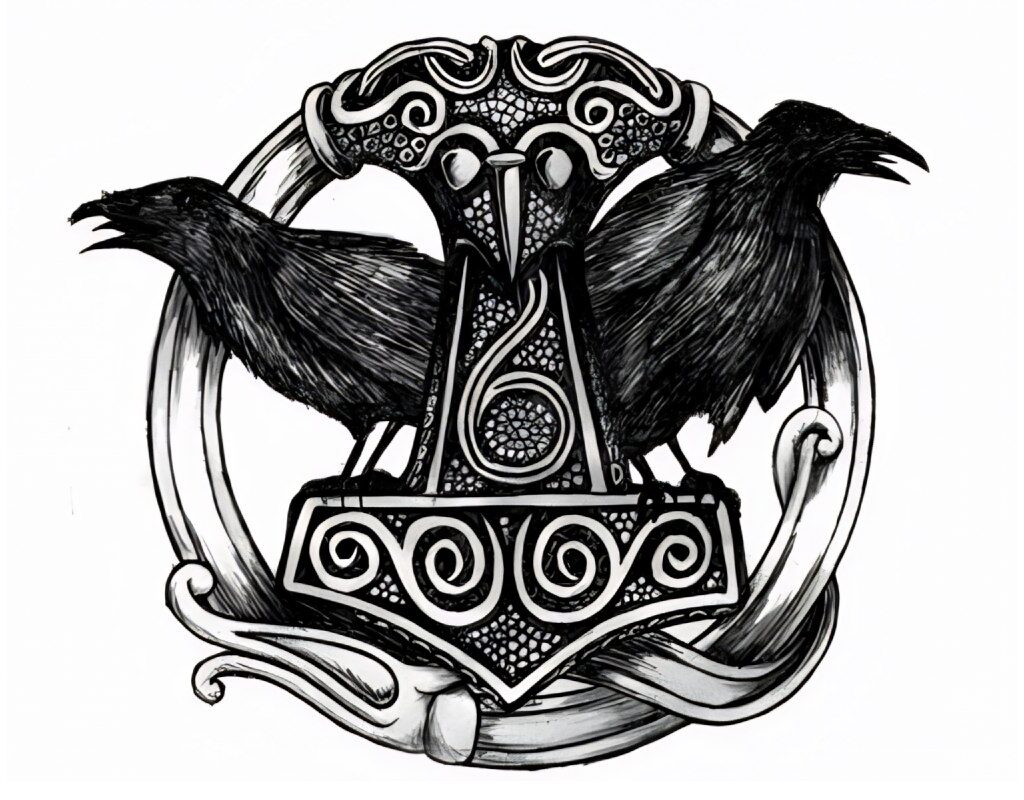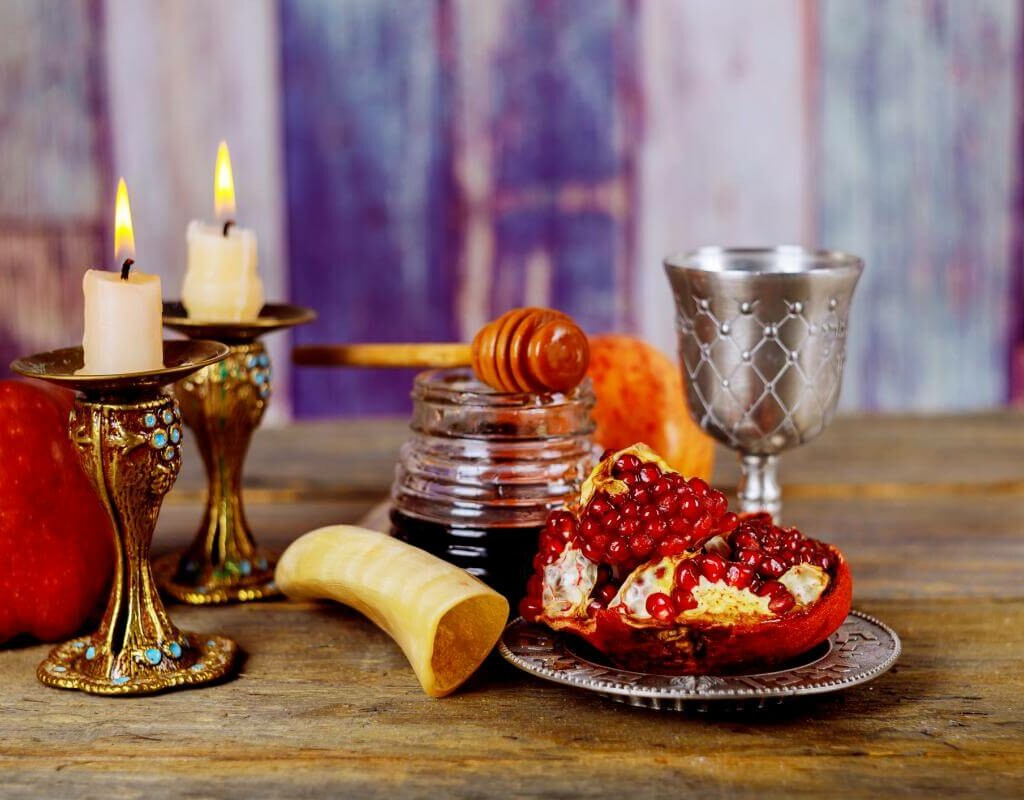Judaism’s narrative is deeply entwined with a broad collection of myths and beliefs handed down through generations. Among the most enigmatic and captivating is the Dybbuk, a demonic figure from Hebrew myths symbolizing the struggle between good and evil in the spiritual realm.
Dybbuk: The Vampiric Demon of Hebrew Mysticism
The term “Dybbuk,” derived from Hebrew meaning “to cling,” has historically been linked to an energy vampire.
Contrary to a widely held interpretation of a myth, Dybbuk’s tale found its place in Jewish mystical tradition, the Kabbalah, around the 8th century A.D. Even though mysticism in its varied forms sparked debate among Jews, by the 16th century, the Kabbalah had wholly embraced it.
This entity isn’t solely a product of ancient Hebrew beliefs. Acclaimed writers like Dion Fortune, H.P. Lovecraft, Anne Besant, and Blavatsky have referenced the Dybbuk in their works, lending it significance beyond religious boundaries.
Dybbuk and Lilim: The Dark Connection in Hebrew Tradition
“Lilith: From Vampire Matriarch to Dybbuk Connection”
According to Hebrew tradition, there’s a close tie between the Dybbuk and “lilim.” These spirits, having eluded confinement in Gehenna and Sheol, are said to be the progeny of Lilith, the infamous vampire matriarch.
The link between those who have taken their own lives and the Dybbuk is particularly unsettling. It’s believed these spirits endeavor to return to the mortal realm through pacts with this demonic being.
8th Century Mystics: Dybbuk’s Duality between Demons and the Deceased
From Film to Reality: “The Unborn” and the Ancient Dybbuk Belief”
The Dybbuk ardently seeks reentry to the living world. In its quest, it attempts to strip embryos of their souls to reincarnate, fostering deep fear in expectant mothers. This dread has been depicted in cinema, as in the 2009 film “The Unborn.”
8th-century mystics posit that a Dybbuk can be either a demon or a deceased spirit trying to evade final judgment.
Once it engages with an individual, it begins draining their life energy. While allowing a degree of autonomy, its presence is catastrophic, often delaying even exorcists’ intervention.
Symptoms of Dybbuk Possession: Emotional and Physical Transformations
“Culture’s Dark Side: Portrayal of the Dybbuk and Its Ravaging Effect on Victims”
In popular culture, the Dybbuk is often depicted as a creature with goat legs, covered in fur, emitting a foul smell but bearing human features. To exert influence on the physical plane, it must possess a human body.
Upon settling in its host, its consequences are dire: stark personality shifts, emotional outbursts, erratic behavior, and physical symptoms like vomiting a thick, white substance.
Rabbinic Exorcism Artistry: Dispelling the Dybbuk’s Shadow
“Blessed Amulets Against the Dybbuk: Wax and Steel as Spiritual Shields”
A rabbi adept in exorcisms is essential to free someone from the Dybbuk’s clutches. Overcoming this demon isn’t lasting without added measures. It’s advised that the freed person carry a blessed amulet made of wax or steel to ward off future assaults.
In conclusion, to those who hold to the Hebrew tradition, the Dybbuk is more than a mere myth. It’s a reminder that the battle between good and evil persists, both in the spiritual and earthly realms.




